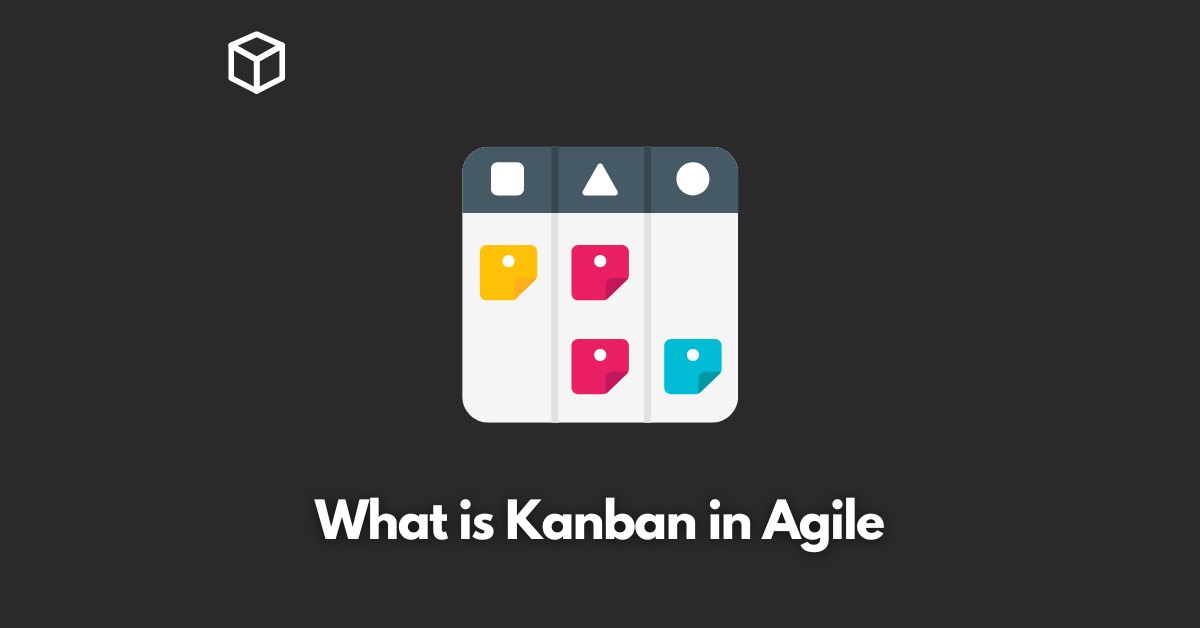Agile is a project management methodology that emphasizes flexibility, adaptability, and customer collaboration.
One of the most popular methods within Agile is Kanban, which was developed as a way to manage workflow and improve efficiency.
In this article, we’ll take a closer look at what Kanban is, how it differs from other Agile methods, and how to use it effectively in your Agile process.
What is Kanban?
Kanban was first developed by Taiichi Ohno at Toyota in the 1940s as a way to manage the manufacturing process.
The key principles of Kanban include visualizing workflow, limiting work in progress, and making process policies explicit.
Unlike other Agile methods like Scrum, Kanban does not prescribe a specific schedule or time-bound iterations.
Instead, it focuses on continuous delivery and improvement.
How Kanban is Used in Agile
One of the most important aspects of Kanban is the use of a Kanban board to visualize workflow.
The board is typically divided into columns that represent different stages of a task or project, such as “To Do,” “In Progress,” and “Completed.”
By setting clear process policies and limiting work in progress, teams can easily see what work needs to be done and prioritize accordingly.
Another key aspect of Kanban is using metrics to measure and improve workflow.
Metrics such as lead time, cycle time, and throughput can help teams identify bottlenecks and optimize their process.
Advantages of Using Kanban in Agile
Kanban’s focus on visualizing workflow and continuous improvement can bring a number of benefits to Agile teams.
One of the biggest advantages of using Kanban is increased flexibility and adaptability.
Since Kanban doesn’t prescribe a specific schedule or time-bound iterations, teams can easily make changes to their process as needed.
Another advantage of Kanban is improved visibility of workflow.
By visualizing work on a Kanban board, teams can easily see what work needs to be done and prioritize accordingly.
This can lead to better collaboration and communication within the team.
Best Practices for Implementing Kanban in Agile
When implementing Kanban in your Agile process, it’s important to start with small, incremental changes.
This will help the team get used to the new method and make it easier to identify any issues that need to be addressed.
It’s also important to encourage experimentation and continuous improvement.
Teams should be encouraged to try new things and see what works best for them.
Finally, keep the Kanban board simple and uncluttered.
A cluttered board can make it difficult to see what work needs to be done and prioritize accordingly.
Conclusion
In this blog post, we’ve taken a closer look at what Kanban is and how it can be used effectively in an Agile process.
By visualizing workflow, limiting work in progress, and using metrics to measure and improve workflow, teams can increase flexibility, adaptability, and collaboration.
We hope this post has given you a better understanding of Kanban and how it can benefit your Agile process.
If you’re interested in trying Kanban for yourself, we encourage you to start with small, incremental changes and continuously improve your process.





